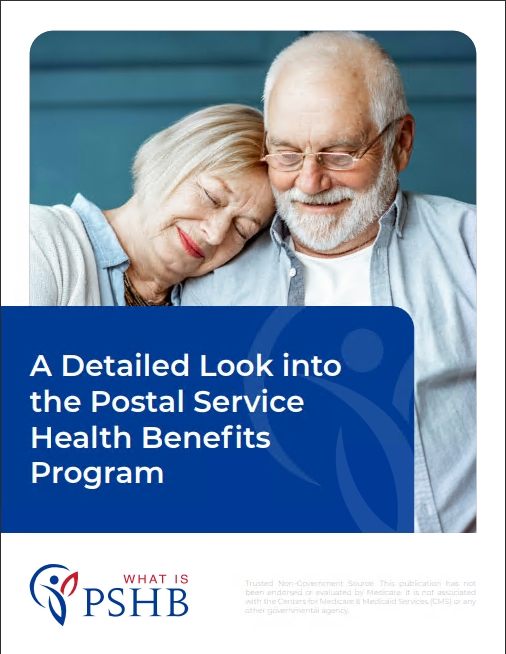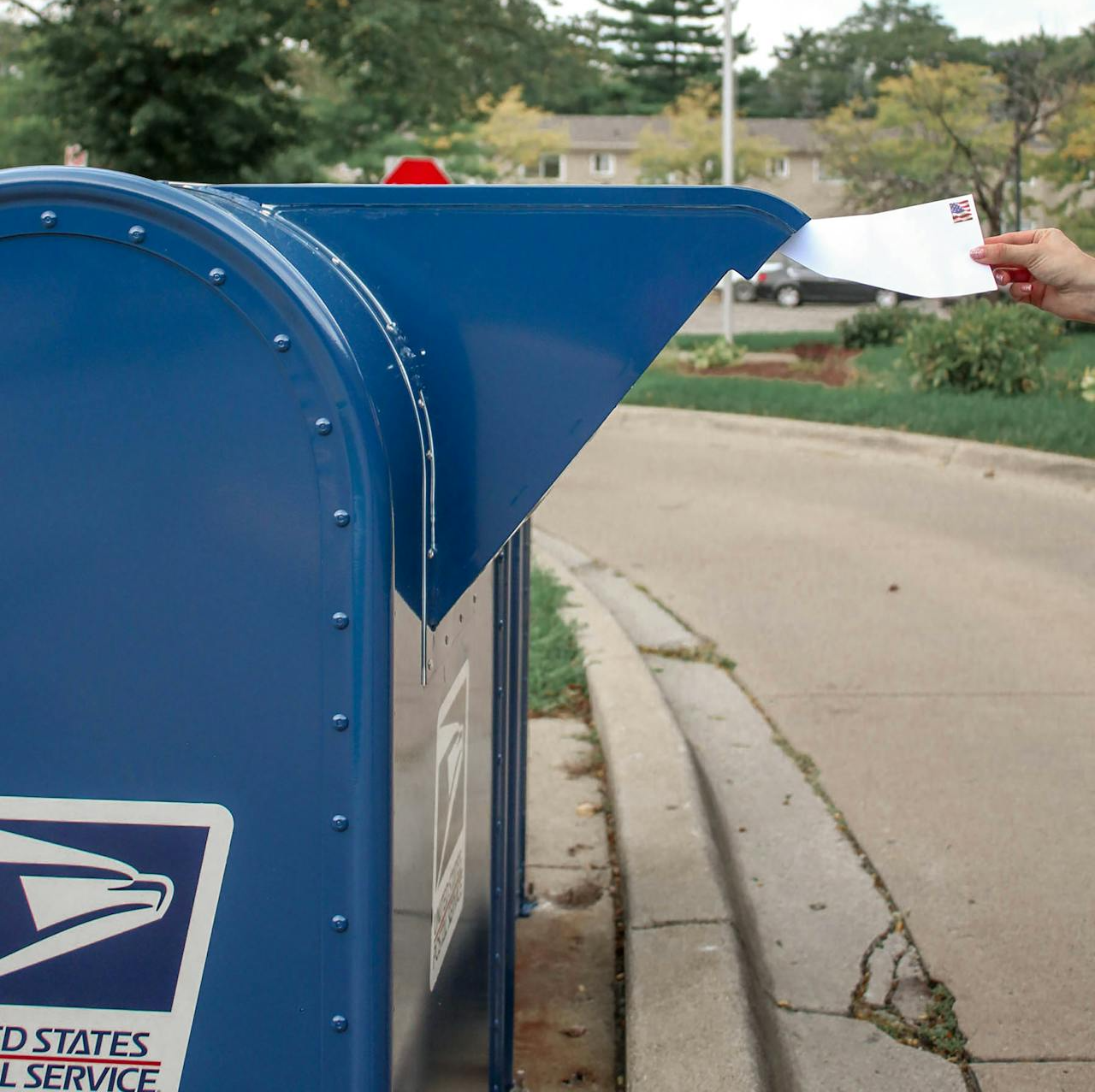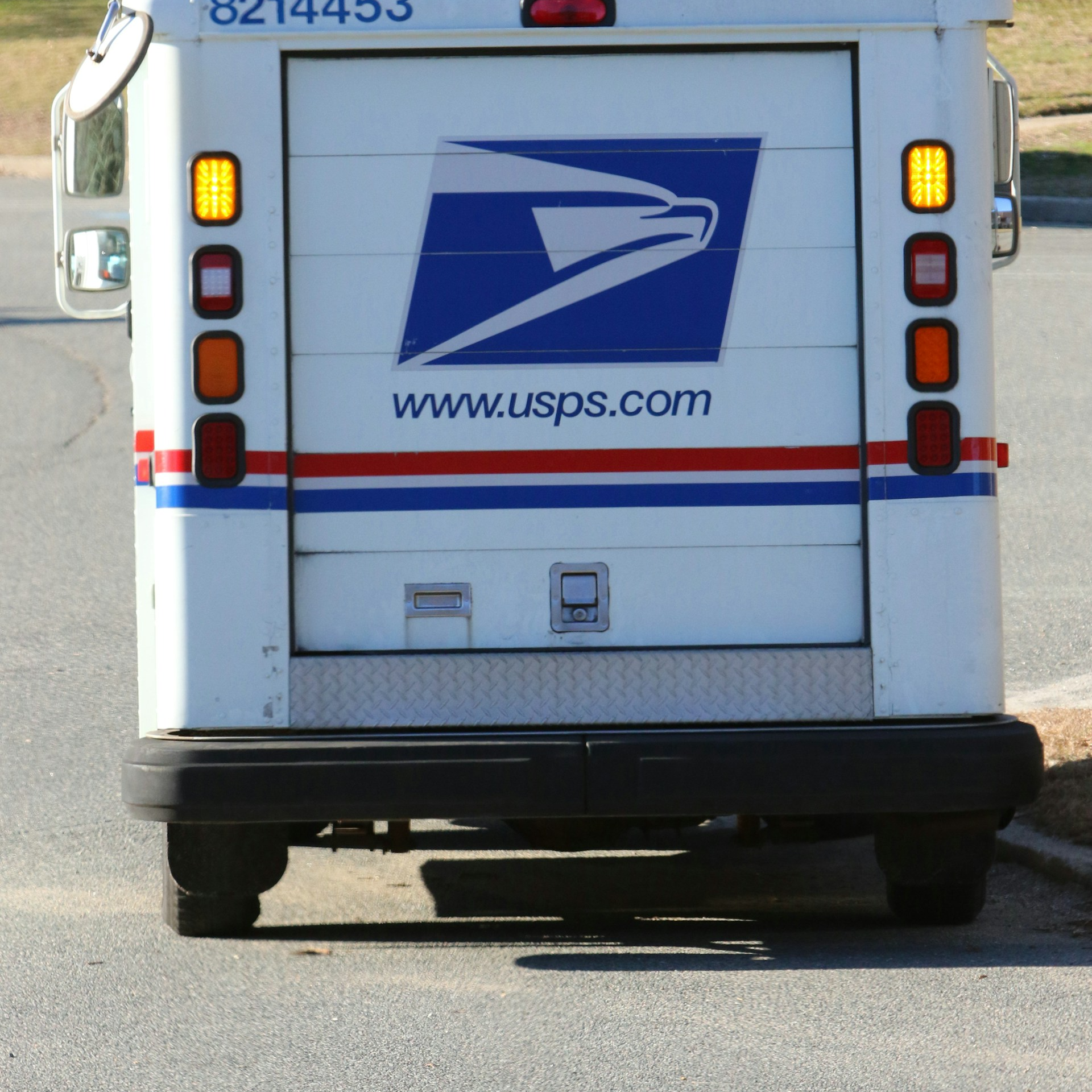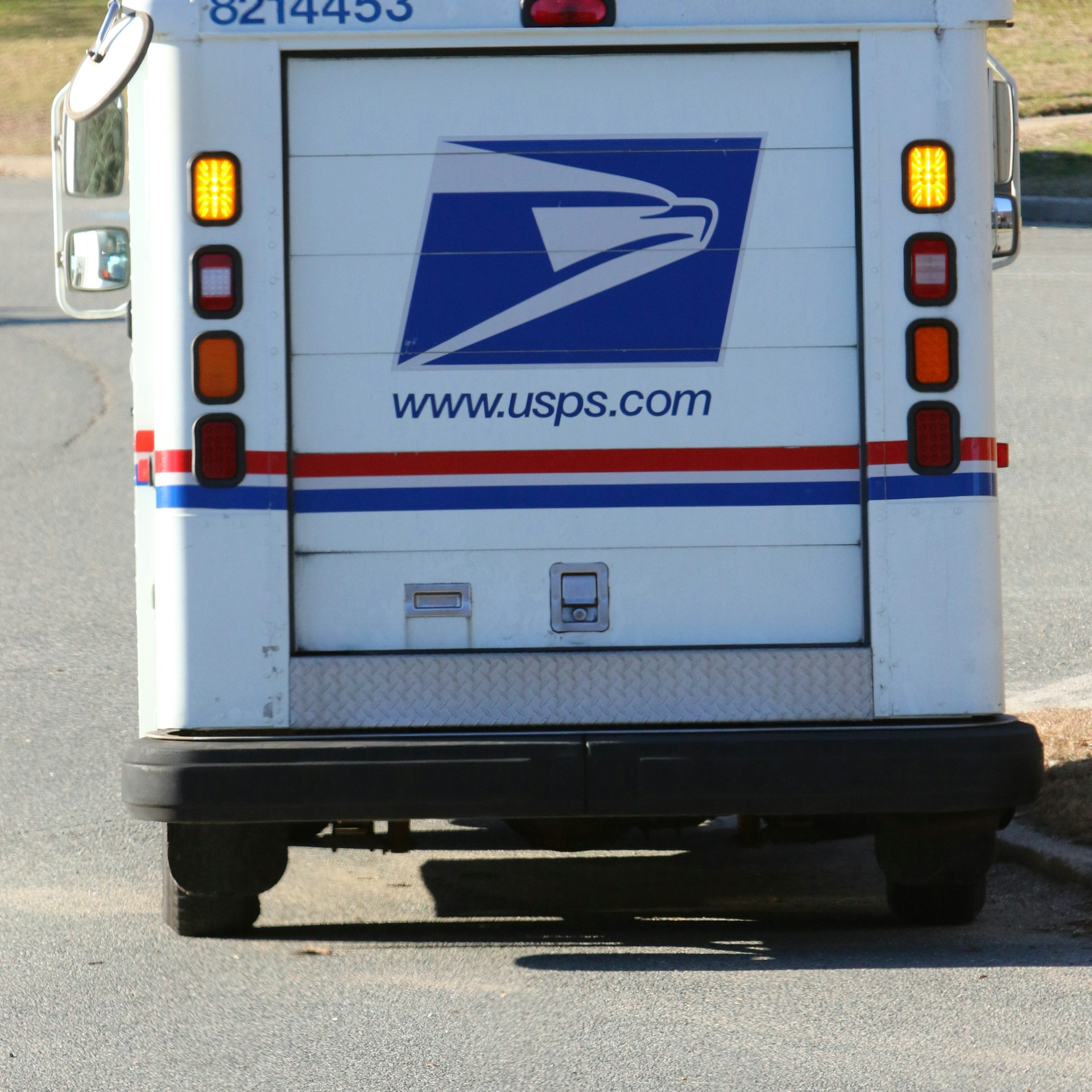Key Takeaways
-
Enrolling in the Postal Service Health Benefits (PSHB) program is essential to maintaining coverage for yourself and eligible family members. Missing deadlines can have significant consequences.
-
Understanding the enrollment process, deadlines, and potential pitfalls can help you avoid coverage gaps and unexpected costs.
Why PSHB Enrollment Matters in 2025
The transition from the Federal Employees Health Benefits (FEHB) program to the Postal Service Health Benefits (PSHB) program marks a major shift in how USPS employees and retirees receive health coverage. This change, effective January 1, 2025, means that active employees and retirees must enroll in a PSHB plan to maintain their health benefits.
If you’re an annuitant, a current employee, or a family member relying on this coverage, knowing what to do—and what not to do—can save you from costly mistakes. Failure to enroll in a PSHB plan or misunderstanding the requirements can result in coverage lapses, financial penalties, or even the need to wait until the next Open Season for another opportunity to enroll.
What You Need to Know About the Enrollment Process
The enrollment process for PSHB is designed to be straightforward, but there are key steps you need to take to ensure you make the right choices:
-
Review Plan Options: The PSHB program offers multiple plans, each with different benefits and costs. Make sure to compare options based on your healthcare needs and financial situation.
-
Check Your Eligibility: Employees, retirees, and eligible family members must be listed correctly to ensure continued coverage. Dependents need to be verified, and any life changes such as marriage, divorce, or the birth of a child should be updated in the system.
-
Understand Medicare Integration: If you’re a Medicare-eligible retiree, enrolling in Medicare Part B may be a requirement depending on your retirement date. PSHB benefits may coordinate with Medicare to reduce out-of-pocket costs, so understanding the integration can help maximize your benefits.
-
Make Changes During Open Season: Each year, the Open Season period from November to December allows you to enroll, switch plans, or make changes to your coverage. Missing this window could lock you into a plan that may not meet your evolving healthcare needs.
-
Consider Premium Costs and Out-of-Pocket Expenses: While the federal government contributes a portion of your premium, the amount you pay will depend on the plan you select. Be sure to evaluate co-pays, deductibles, and annual out-of-pocket maximums in addition to premium costs.
What to Avoid When Enrolling in PSHB
While signing up for PSHB is necessary, there are common pitfalls that can lead to coverage gaps, unexpected expenses, or even losing eligibility. Here’s what to avoid:
1. Missing the Enrollment Deadline
If you fail to enroll during Open Season or within the required timeframe due to a qualifying life event, you may lose your health benefits or be forced to wait until the next enrollment period. Unlike FEHB, which allowed ongoing participation, PSHB has stricter rules for enrollment and maintaining coverage.
2. Assuming Automatic Enrollment Applies to Everyone
While most eligible individuals will be automatically enrolled in a PSHB plan similar to their FEHB coverage, some exceptions apply. If you don’t verify your status, you could find yourself without coverage when the transition is complete. Check your USPS and OPM communications to confirm whether you need to take action.
3. Overlooking Medicare Enrollment Requirements
If you retired on or after January 1, 2025, and are eligible for Medicare, you are required to enroll in Medicare Part B to keep PSHB coverage. Not enrolling could result in penalties, higher future premiums, and the potential loss of PSHB benefits. Medicare Part B works with PSHB to reduce out-of-pocket costs, so missing this enrollment can be financially costly.
4. Choosing a Plan Without Comparing Costs and Benefits
Not all PSHB plans are the same. Some offer better coverage for retirees, while others may be better suited for active employees. Be sure to compare costs, coverage, provider networks, and prescription drug benefits before selecting a plan. Some plans may also provide additional perks, such as wellness programs or premium reimbursements.
5. Forgetting to Update Dependent Information
If you have dependents, ensure they are correctly listed on your PSHB enrollment. Failing to do so could result in their loss of coverage. If your child ages out of dependent coverage or you go through a divorce, failing to update this information can lead to unexpected coverage terminations.
6. Ignoring Communications from USPS and OPM
Throughout the year, USPS and OPM send updates regarding enrollment, plan changes, and deadlines. If you ignore these communications, you could miss critical information that affects your benefits.
What Happens If You Miss the Deadline?
Missing the PSHB enrollment deadline can have serious consequences. Here’s what you should expect if you don’t take action in time:
-
Loss of Coverage: If you are not automatically enrolled and fail to enroll on your own, you could lose health insurance until the next Open Season. This means you may have to pay out-of-pocket for medical expenses during the gap.
-
Limited Options for Re-enrollment: If you miss Open Season, you may have to wait until the next year unless you qualify for a Special Enrollment Period due to a life event such as marriage, birth of a child, or loss of other coverage.
-
Higher Costs: If you fail to enroll in Medicare Part B when required, you may face lifetime late penalties in addition to losing PSHB coverage. These penalties can make Medicare significantly more expensive in the future.
-
Delayed Access to Benefits: Even if you enroll late, you may experience delays in getting coverage reinstated, leading to temporary gaps in healthcare access and financial burdens.
Steps to Take if You Missed the Enrollment Deadline
If you missed the PSHB enrollment deadline, take immediate action to minimize the impact:
-
Check If You Qualify for a Special Enrollment Period (SEP): Certain life events may allow you to enroll outside of Open Season.
-
Contact HR or the Office of Personnel Management (OPM): If you believe you were mistakenly left out of automatic enrollment, seek clarification and request correction.
-
Explore Alternative Coverage Options: If you have lost PSHB coverage, look into temporary alternatives such as COBRA or spouse-provided health insurance.
-
Prepare for the Next Open Season: Mark your calendar and set reminders to avoid missing the next enrollment window.
What You Can Do Now to Ensure a Smooth Enrollment
To avoid stress and potential loss of benefits, take these proactive steps:
-
Review Your Current Coverage: Compare what you currently have under FEHB and how it translates to PSHB.
-
Understand How Medicare Affects Your Benefits: If you are nearing retirement or already retired, check Medicare Part B requirements.
-
Monitor Open Season Announcements: Stay informed about key deadlines and updates from USPS and OPM.
-
Verify Your Enrollment Status: If you believe you should be automatically enrolled, confirm it before the deadline.
-
Seek Guidance from a Licensed Agent: A professional can help you navigate the details and choose the best plan for your needs.
Making the Right Choice for Your Healthcare in 2025
Enrolling in the PSHB program is not just a requirement—it’s a crucial step in ensuring you and your family have reliable healthcare coverage. By understanding your options, avoiding common mistakes, and meeting deadlines, you can make informed decisions that protect your health and finances.
If you have any doubts or need help selecting the right PSHB plan, get in touch with a licensed agent listed on this website for professional advice tailored to your situation.












